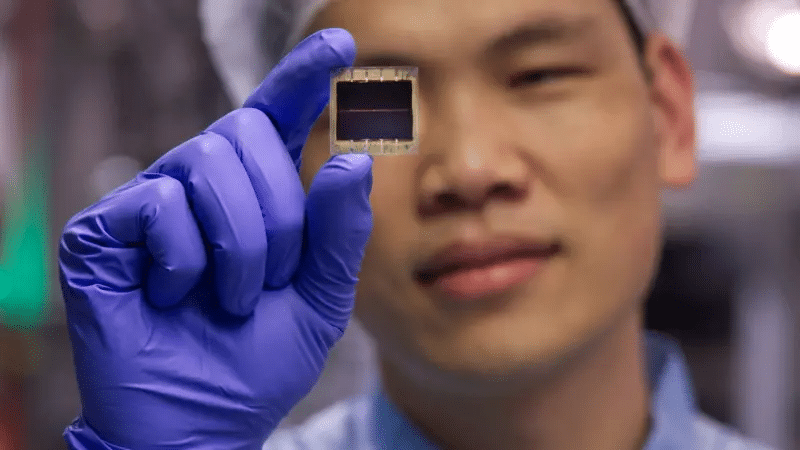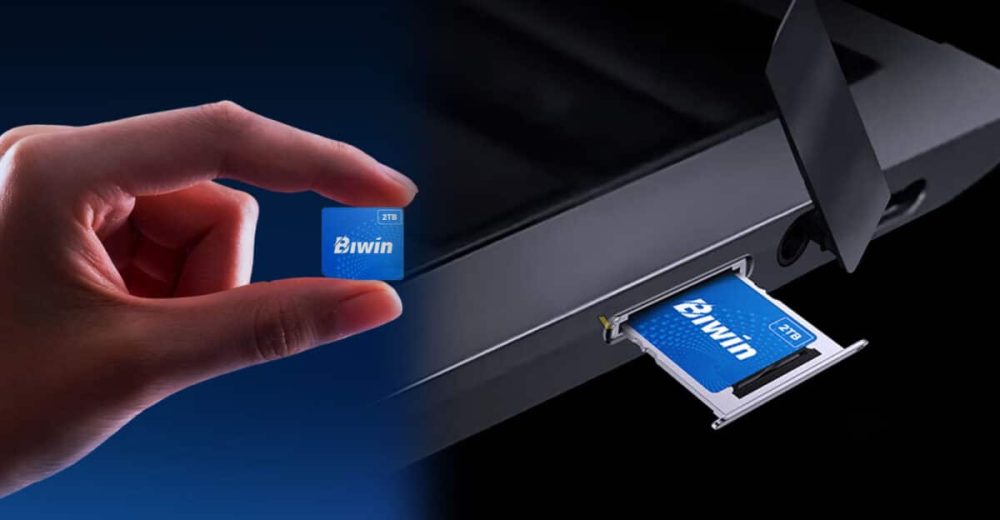Sources: Interestingengineering, news.mit.edu
MIT engineers have developed an ultralight fabric solar cell that can transform virtually any surface into a power source. Researchers have developed a scalable fabrication technique to produce ultrathin, lightweight solar cells that can be seamlessly added to any surface.
MIT engineers have unveiled a groundbreaking achievement in solar technology by creating ultralight fabric solar cells. Thinner than human hair and just one-hundredth the weight of standard solar panels, these durable cells can turn almost any surface into a power source. This innovation is made possible using semiconducting inks and scalable printing processes, resulting in a power-per-kilogram production 18 times greater than traditional solar panels.
The production of these solar cells relies on electronic inks and entirely printable materials.
To overcome their fragility, MIT utilizes Dyneema, a super-strong fabric, as a substrate, securing the solar cells with UV-curable glue. When tested on Dyneema, these cells generated approximately 370 watts per kilogram, showcasing their superiority over conventional solar cells. Their lightweight composition also presents an environmentally friendly alternative, reducing solar waste, and they maintained over 90% of their power generation capability after being rolled and unrolled 500 times. The team continues exploring environmental protection solutions, including ultrathin packaging options.
These ultralight fabric solar cells are a technological marvel and a versatile solution. They can provide energy on the go as a wearable power fabric or be transported and rapidly deployed in remote locations for assistance in emergencies. For instance, they could be integrated onto the sails of a boat to provide power while at sea, adhered onto tents and tarps deployed in disaster recovery operations, or applied onto the wings of drones to extend their flying range. This lightweight solar technology can be easily integrated into built environments with minimal installation needs, sparking curiosity about the endless possibilities of their application. MIT’s ultralight fabric solar cells represent a transformative leap in solar technology, offering unparalleled efficiency and portability. With their capacity to harness solar energy from almost any surface, these cells hold tremendous potential for sustainable energy generation, instilling a sense of hope for a greener future.


